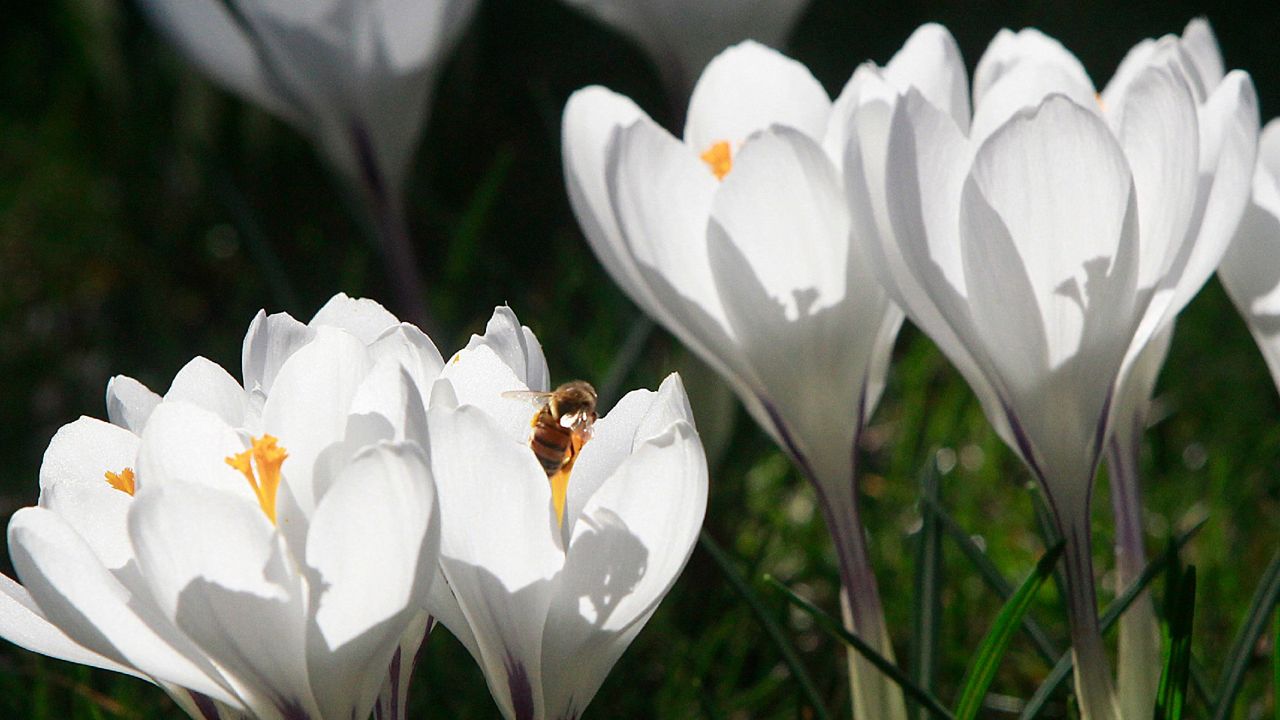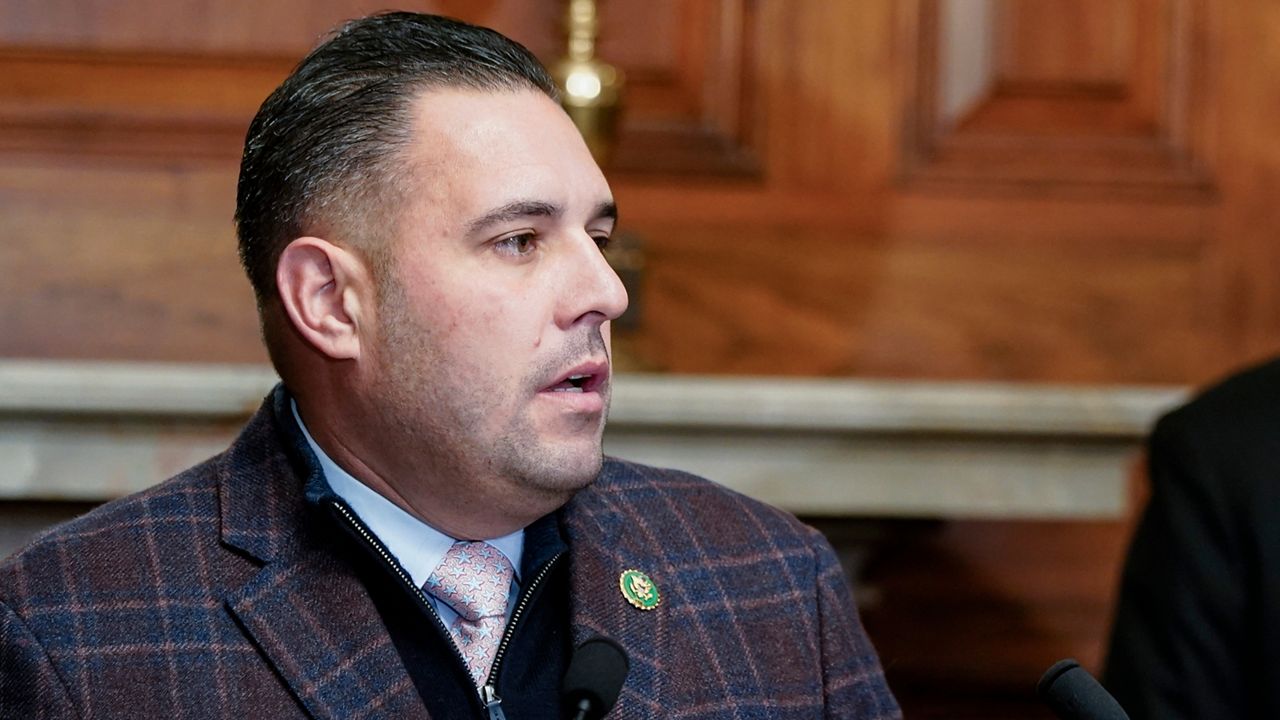With help from the Central New York Community Foundation, SUNY College of Environmental Science and Forestry (ESF) is helping residents in Central New York turn their lawns into ‘meadows,’ a loose term they use to describe natural fields of grass and native plants.
For residents around Skaneateles Lake, where most of the work is taking place, restoring that ecosystem is an important part of improving water quality in a lake that provides drinking water for a large portion of the city of Syracuse.
“Part of it's enabling private landowners and empowering them to be part of restoration on their own terms,” said Sam Quinn, a private lands conservation biologist for SUNY ESF who leads the project. “I oversee our Conservations on Private Lands initiative where we work directly with a private landowners to help them achieve biodiversity goals.”
Quinn said he has created his own meadow in his backyard. He uses his meadow to experiment and try out different plant combinations which he then uses to help others create their own meadow on their property.
“Grasslands and meadows, these types of communities are disappearing. We’ve lost nearly half of them in the United States, so part of it is ecosystem restoration,” he said.
He said that doesn’t mean literally restoring the land back to what it was like before development, but creating a natural habitat of plants that best suit the ecological needs of a given piece of property and its owners.
“This is a tremendous market for landowners to be actively engaged in conservation,” he said. “They can restore an important plant community on their own land.”
In addition to creating a habitat for insects and cutting down on mowing and lawn maintenance, one of the key benefits to meadows is also the improvement of water quality.
“Most of the people we work with are in the Skaneateles Lake watershed, or right on the shore, and lawns are not good for water quality,” he said. “A lot of people use chemicals and pesticides for the lawn, which are not good because they wash into the lake. But even if they don’t, lawns are just biological deserts.”
It was that environmental component that inspired the Central New York Community Foundation to back the project with a $40,400 grant.
“The community foundation supported the Lawn to Meadow project because it plays a really critical piece in the preservation of Skaneateles Lake, which is the main water source for the city of Syracuse. So it’s a really great program that seeks to educate and engage property owners and shows them what they can do in the role that they can play in those preservation efforts,” said Danielle Johnson, senior director of grants and programs for the foundation.
Twenty miles away in the town of Skaneateles, Nicki Foley is in the early stages of creating a meadow on her property where run off drains into Skaneateles Lake. Thanks to the grant, SUNY ESF is able to help residents around the lake like Foley create their own meadows to protect the water, and thus, drinking water in Syracuse.
“You’re seeing it wash toward a farm or toward houses, and you just know that it’s a source not only for all of the wildlife but for the humans, and so then it just feels that much more important to protect,” Foley said.
Quinn said he hopes more people will be open to turning their lawns into meadows, not only enjoying the ecological and practical benefits, but especially if you have kids, the educational ones too.
“These plants grow over the course of a couple seasons instead of decades, and so you can look over it as a kid and see how the pollinators visit flowers, see how certain plants shade them out. It’s such an incredible tool to teach about ecology,” he said.
Quinn said if you go to SUNY ESF’s YouTube channel, you can learn more about how to create your own meadow.










